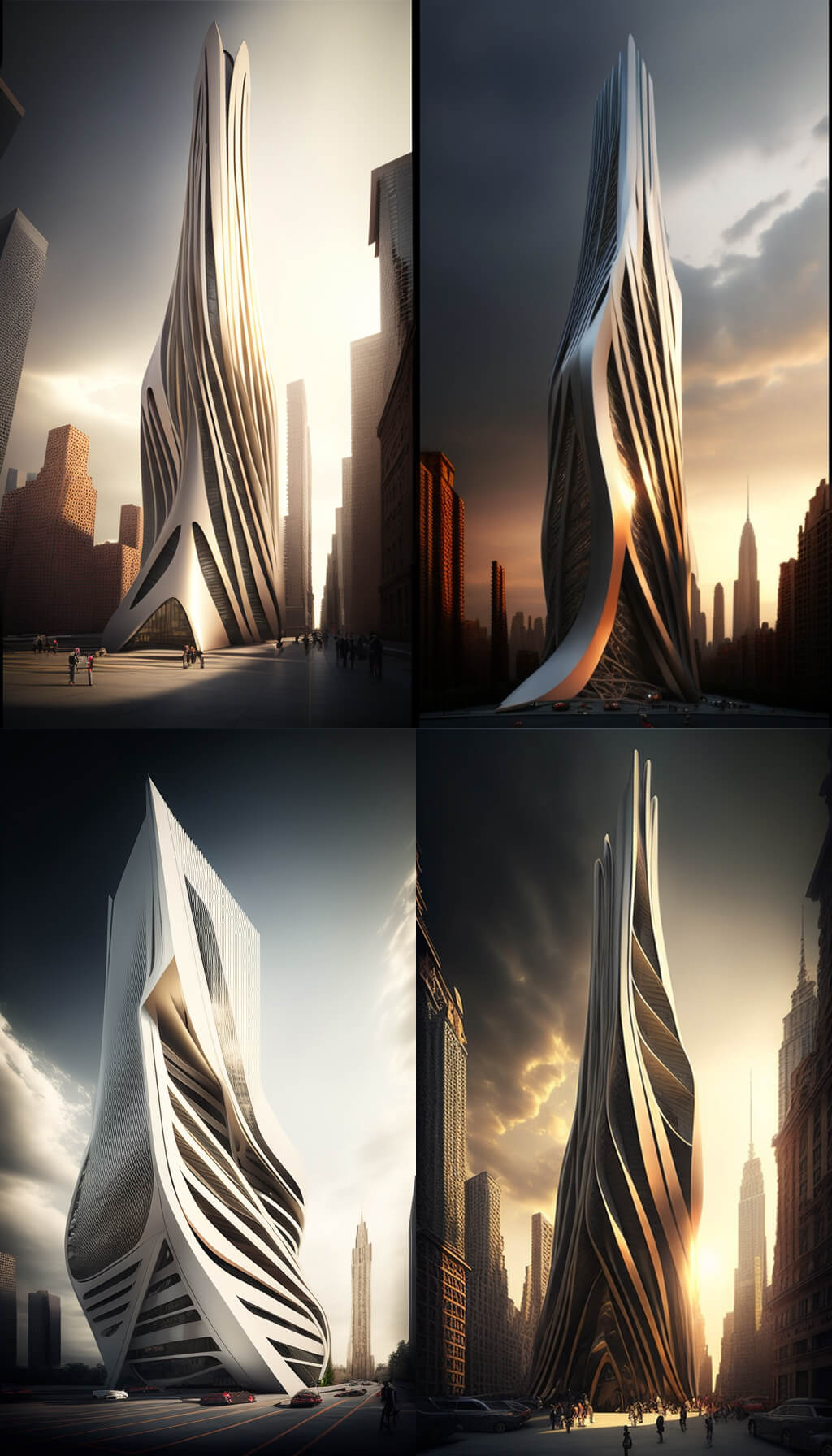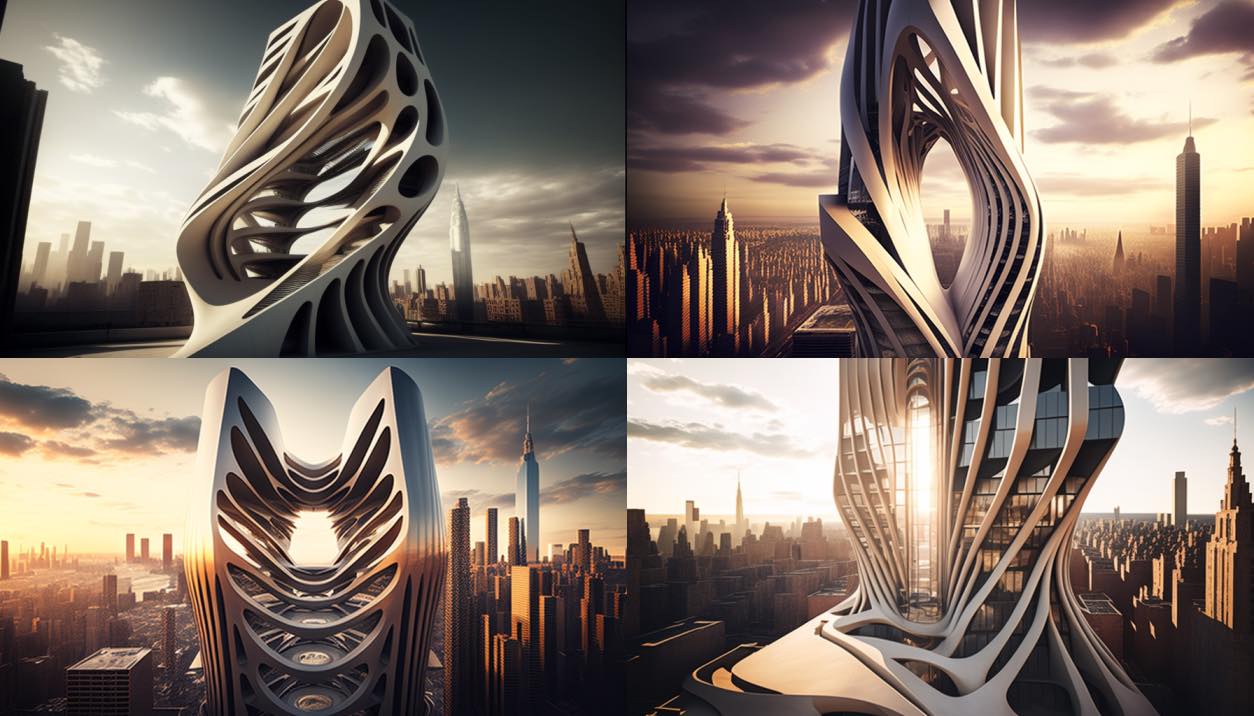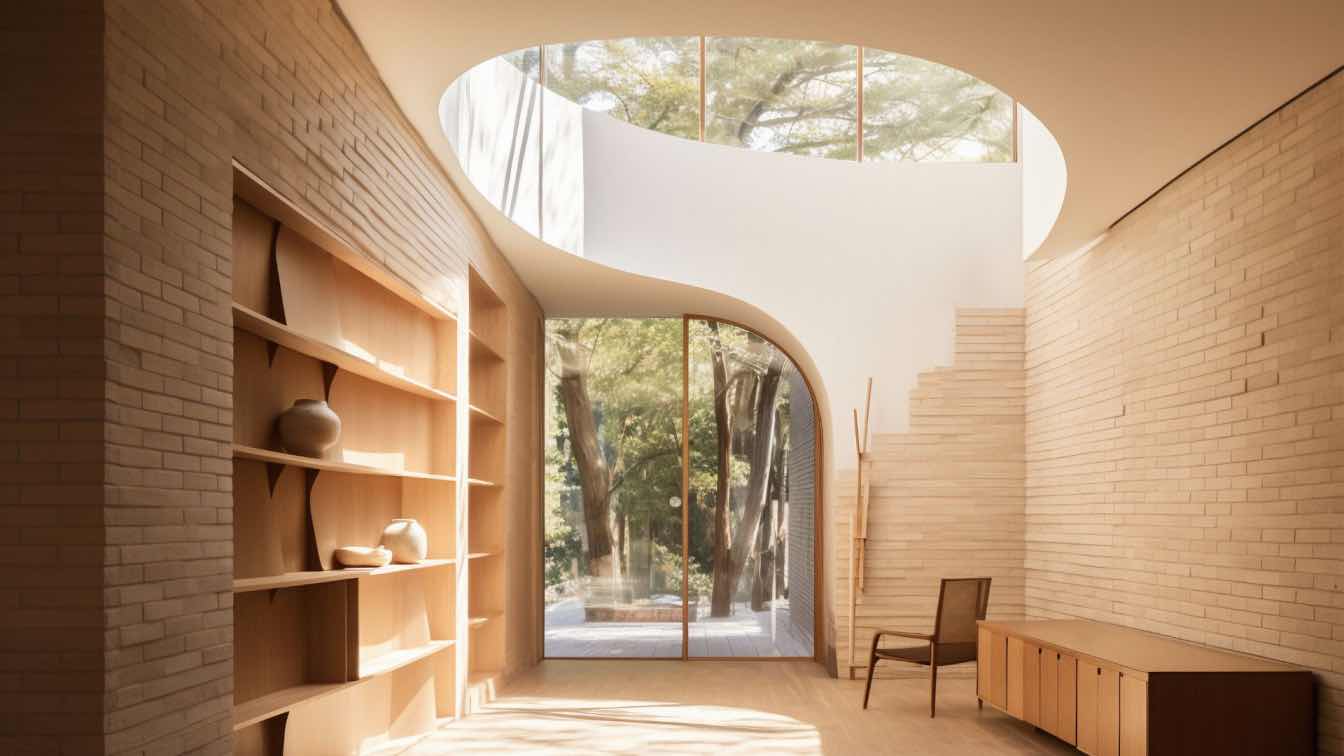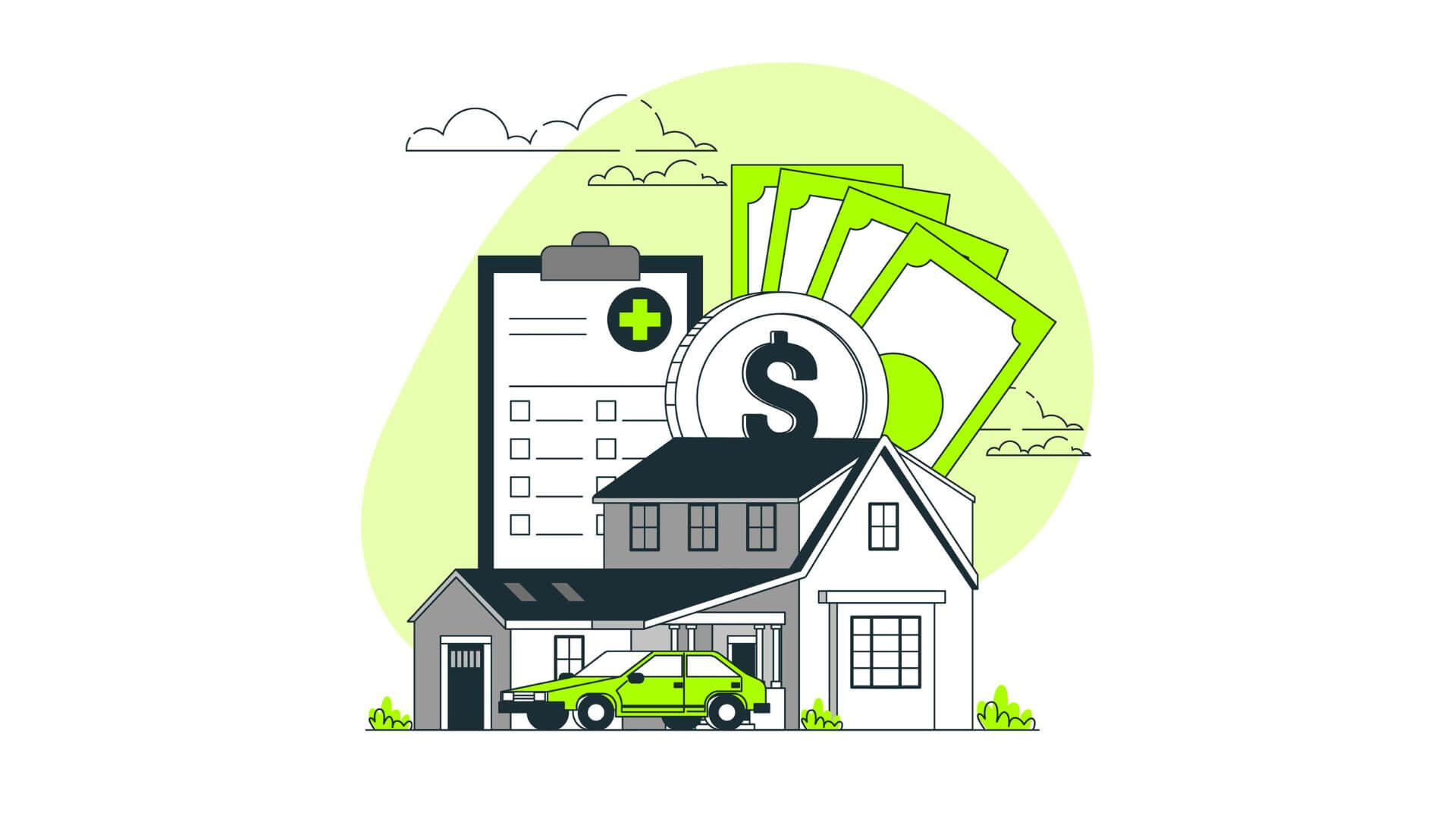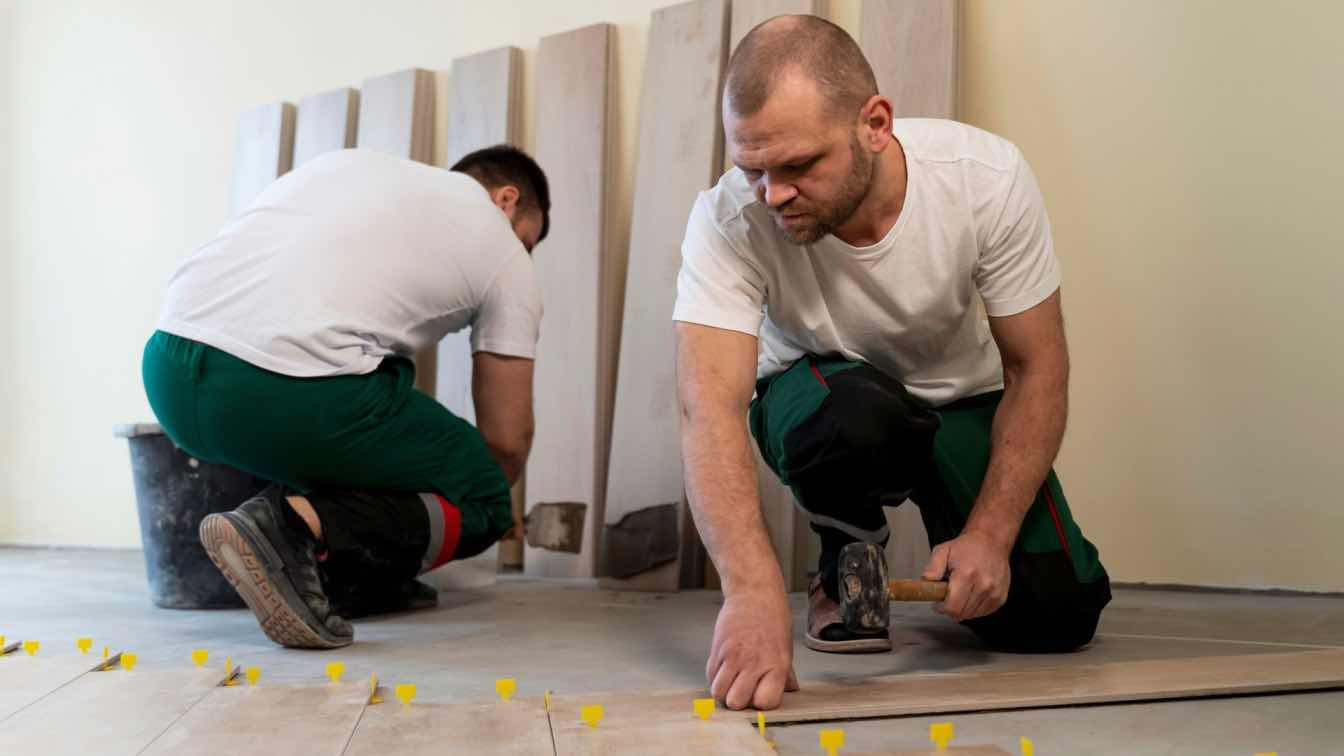Artificial intelligence is not a matter of science fiction or the distant future anymore, it has rather become an integral element of many industries, including architecture. There is no doubt that the introduction of Artificial Intelligence will dramatically influence the ways in which architects will design in the future. With the introduction of user-friendly text-to-image software such as Midjourney, Artificial Intelligence tools are becoming increasingly available to the wider public, including many emerging architects and designers who are following the latest trends. The following article offers advice for beginner users of the Midjourney software on how to enhance image production to be able to produce high-quality images that can aid in the design process.
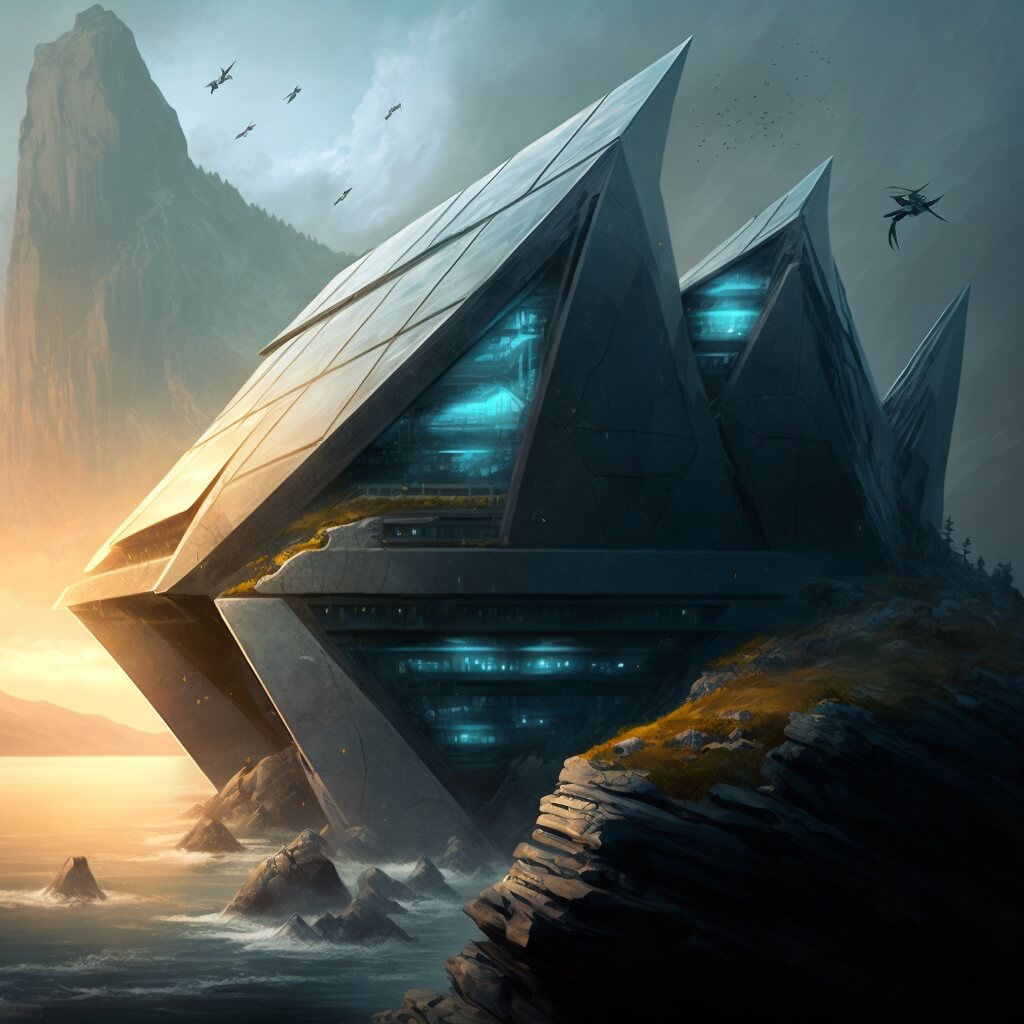
01 LOOK AT WHAT OTHER USERS ARE CREATING
As a beginner in any area, it is important to spend some time getting familiar with the work that other enthusiasts have created. The newbie chats give you a great opportunity to look around at what other people are making and more importantly, what prompts they are using to create their artwork. This will help you immensely in understanding how to craft prompts that are tailored to the images that you wish to create and which keywords can create the atmosphere that will enhance your images.
Moreover, you can learn a great deal by looking at images online that previous users have created and searched for the prompts that they used. There have already been several architectural competitions that have encouraged artists and architects to utilize AI software to create images tailored for architectural design. For instance, you can find the list of winners and honorable mentions of the Arch Hive AI Architecture 2022 competition at the link below:
https://arch-hive.com/competitions/results/ai-arch-2022
02 EXPERIMENT WITH VARIATIONS
The produced images may not be the desired final product on a first try of a prompt. Since the bot will produce 4 related images that are sometimes distinct enough from each other, you will be able to tailor the result to the vision in your mind by asking the bot to run variations of your selected image/s of the initial batch. From there, you can perform as many permutations of variations until you reach a final result that fits your vision.

03 USE ASPECT RATIOS TO YOUR ADVANTAGE
After inserting the text prompt, the Midjourney bot will automatically produce the 4 square images that you can upscale or create variations from. However, Midjourney allows you to craft images designed for a specific aspect ratio which comes in handy if you are looking to create a portrait vs. landscape base for your artwork. Inserting a specific aspect ratio will not simply assign the shape of the final artwork, but it will rather influence how AI will translate your text prompt into an image. Therefore, using the ratio command can be utilized as a design tool that gives you more control over what AI will do from your prompt.
For example, the two images below are created with the same exact prompt, where the first image does not specify any particular aspect ratio, the second specifies a ratio of 19:6, while the third specifies a ratio of 6:19. Even though the end results share a similar art base, the end results are different as the AI adjusted the results towards the way you will be viewing the image.
In order to incorporate aspect ratios in your Midjourney prompt, all that is needed is to add “--ar” followed by the desired aspect ratio. Some of the most common aspect ratios include 1:1 (the one used by Instagram), 3:2, 16:9, 4:3, among others. Understand that the aspect ratios refer to the relationship of the width : length of images.
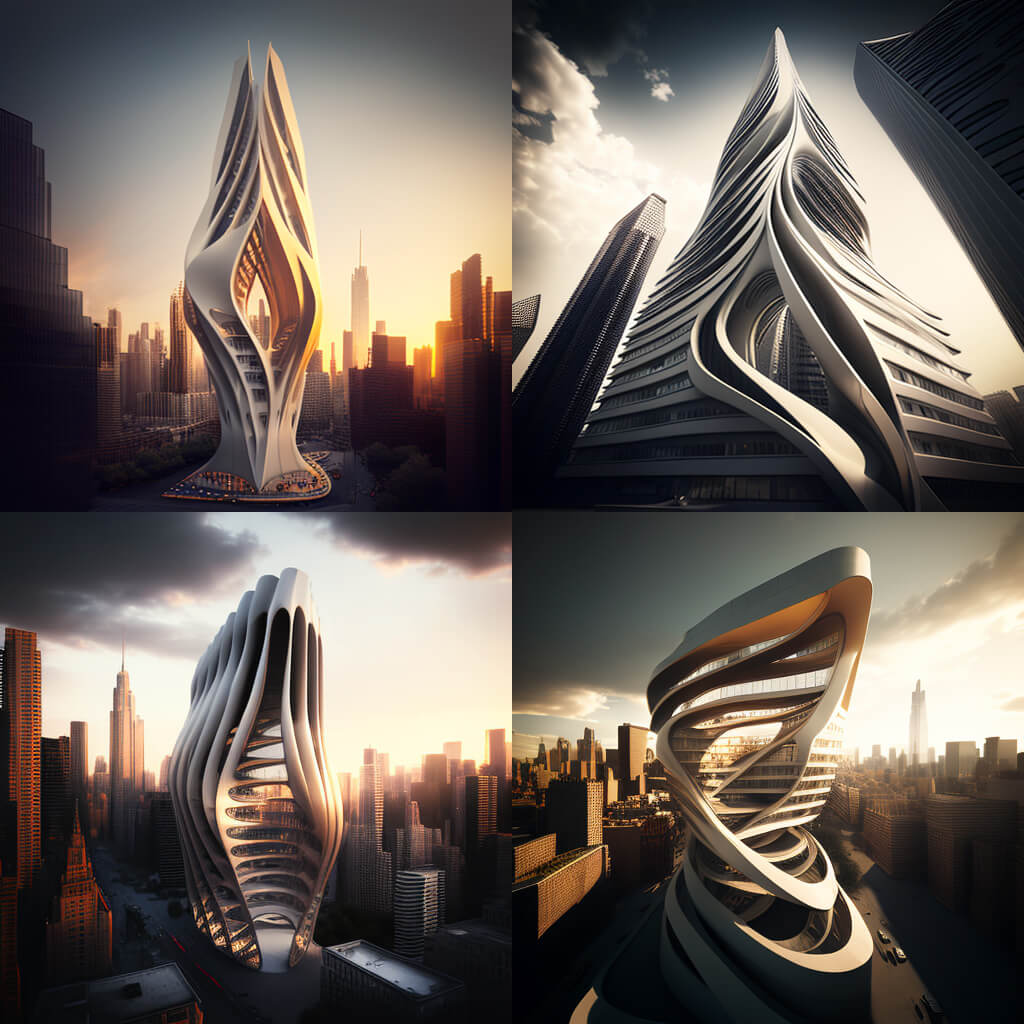
04 USING THE /BLEND COMMAND
Midjourney offers a great addition to the workflow called /blend command which allows you to merge 2-5 images into a single artwork. This feature offers a wide palette of possibilities as by blending several images together you can get numerous new options and variations. The /blend command is particularly useful in instances when you wish to produce a highly detailed image composed of many prescribed components. This might require a long and detailed prompt which AI might not be able to translate into the image that you envisioned. In this case, it is highly efficient to separate the complex prompt into several simpler steps, generate and upscale images for each step and then simply combine them using the /blend option. You will be surprised by the richness and creativity of the solutions that AI will offer you.
The example below shows how the image of the tree was combined with the image of a motherboard in order to create a highly detailed design that merges nature and technology.

05 BEING OVERLY SPECIFIC VS. BEING VAGUE
In some instances, you might be able to envision a clear image for which you are able to write a very specific prompt. In this case, you are all set as Midjourney is a great tool for helping you translate detailed text prompts into images, and the more detailed and specific the prompt is, the better. However, in the early stages of the brainstorming process, you might not have a full image of the final result envisioned and you need the help of AI to sort many ideas that you might be considering. In this case, it is highly beneficial to use simpler prompts to describe the basic concept that you are considering and to generate a series of process images that you can sort through. You will be surprised by the images AI can produce with very simple prompts where creativity can go in many different directions.
For example, the images below were created using a simple command: /imagine the observatory of a building with solar sails embedded on a cliff.

